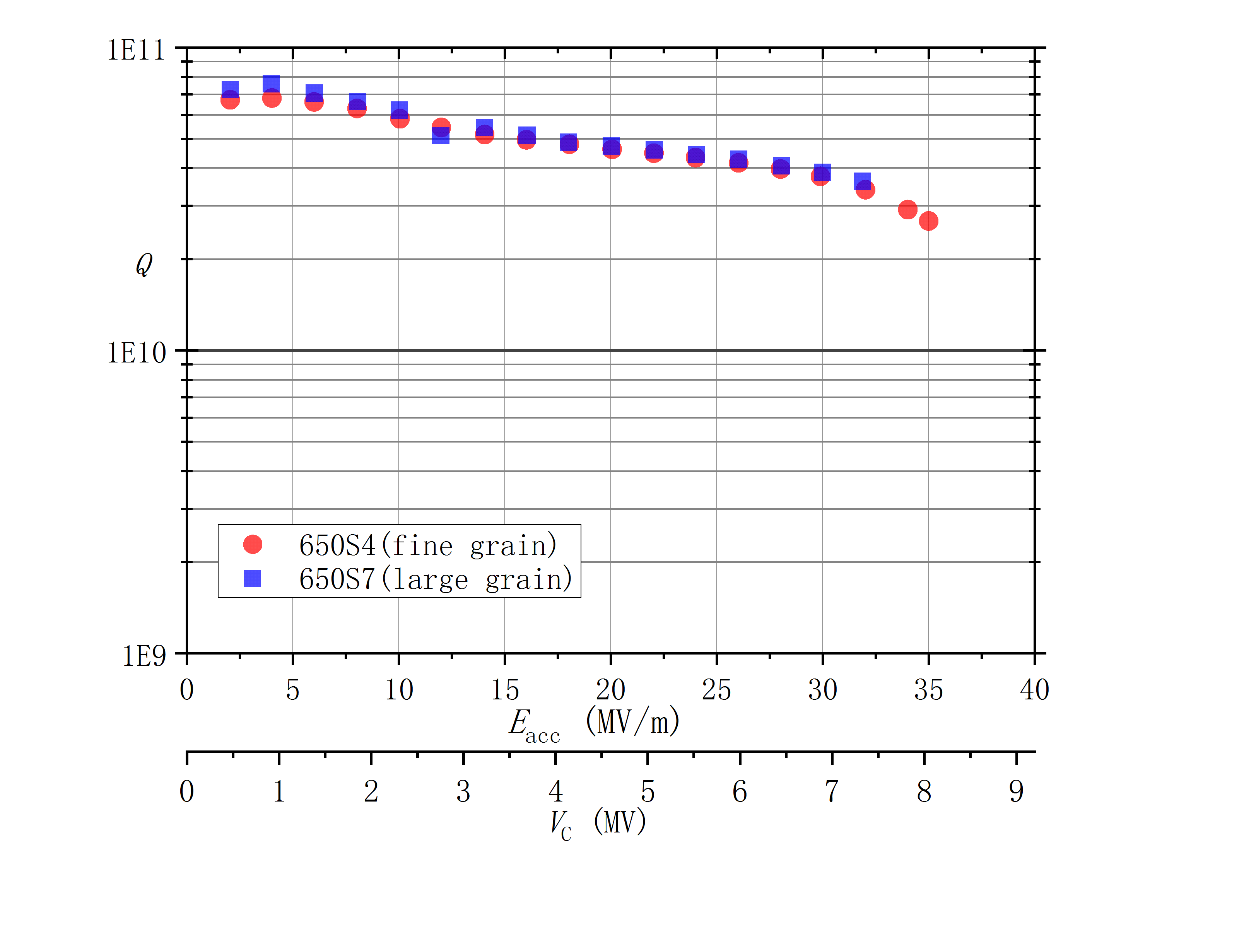Physicists Dream of Supersized Collider
Particle physicists in China have been awarded ¥36m ($5m) to carry out preliminary research for what would be the world’s largest particle
 |
|
With the Beijing Electron Positron Collider expected to retire in 2022, physicists in China are planning the country’s next big thing. (IHEP) |
The Chinese particle-physics community has, for the last few years, been seeking a successor to the Beijing Electron Positron Collider, which is expected to retire in 2022. After the discovery of the Higgs boson at CERN’s Large Hadron Collider in 2012, researchers settled on the idea of a 50–100?km-circumference collider. The Chinese Academy of Sciences’ Institute of High-Energy Physics got together 480 scientists from 128 institutes in 17 countries to write the preliminary conceptual design report for the CEPC, which was published in two volumes in early 2015.
The design calls for the CEPC to operate at 240?GeV as a “Higgs factory” generating lots of Higgs bosons so that its mass can be precisely measured. Physicists hope to eventually upgrade the CEPC to a super -proton–proton collider (SPPC), operating in the 70–100?TeV energy range. Yuanning Gao – a particle physicist at Tsinghua University in Beijing who chairs the committee of representatives from all of the Chinese participating institutions – says that researchers will require additional funding to work on a conceptual design report as well as on technical and engineering designs. Scientists would need support from the country’s National Development and Reform Commission, which could come during the 14th five-year plan period that runs from 2020 to 2024.
If that does happen then construction of the collider could begin in the mid-2020s, with the size dependent on how much money is available. Construction is estimated to be ¥25–30bn, with a collider with a smaller circumference costing less but limiting the future potential of the SPPC.(Phyiscs World)

